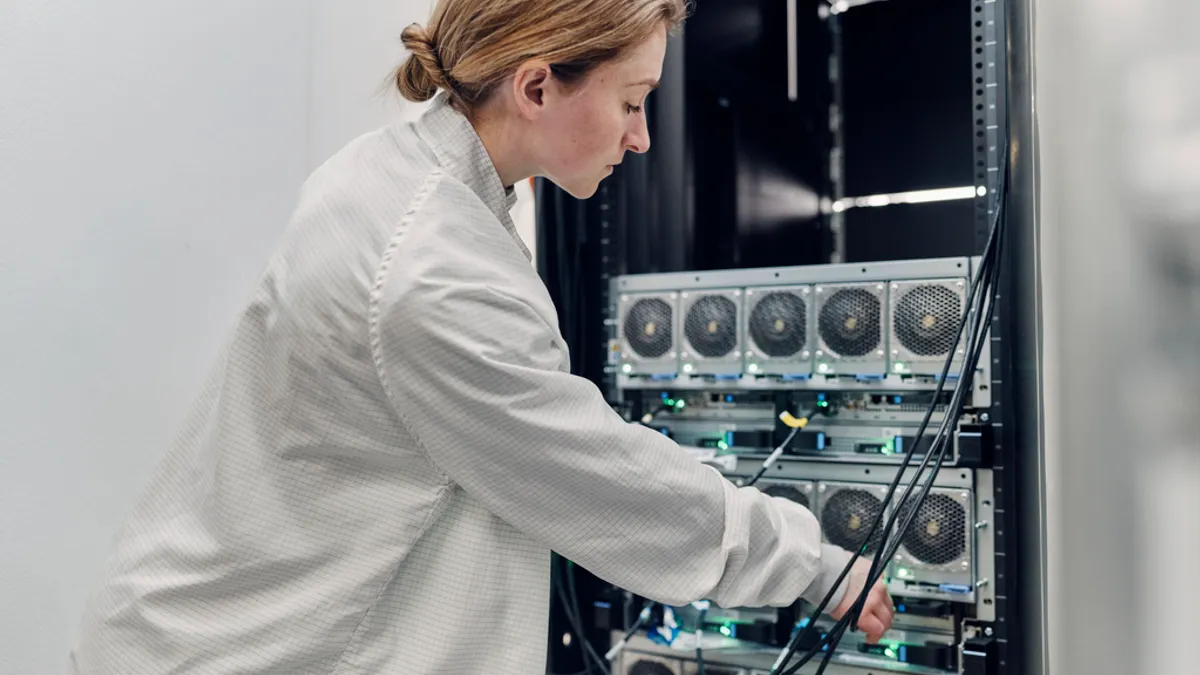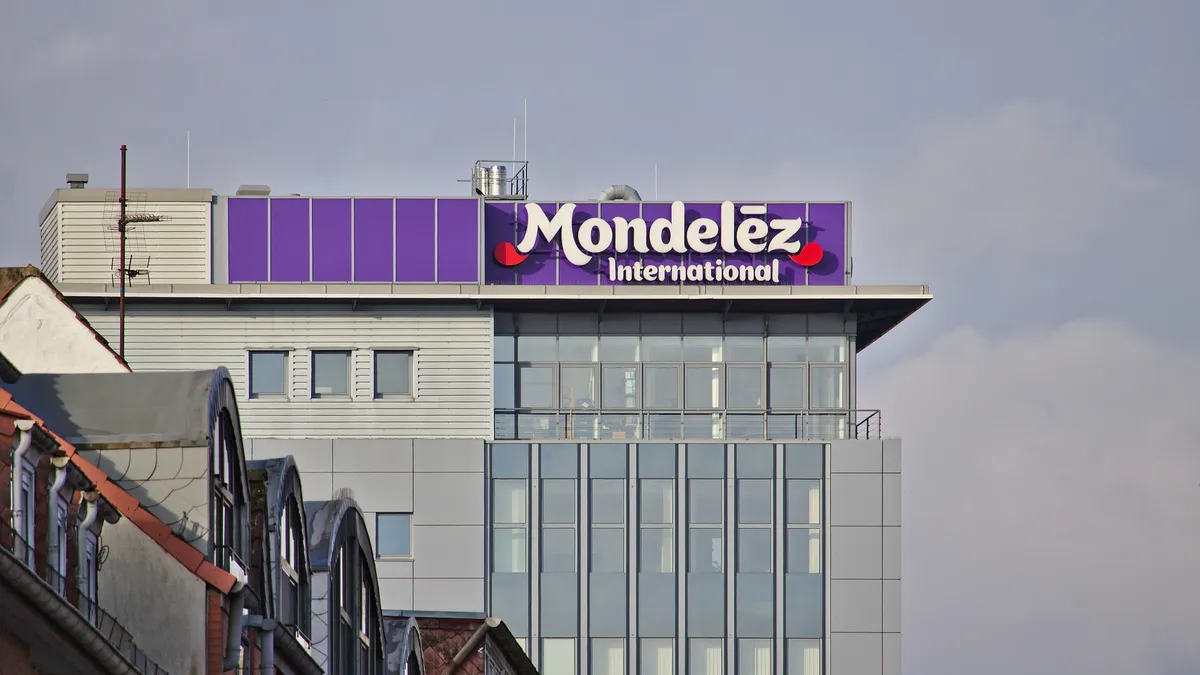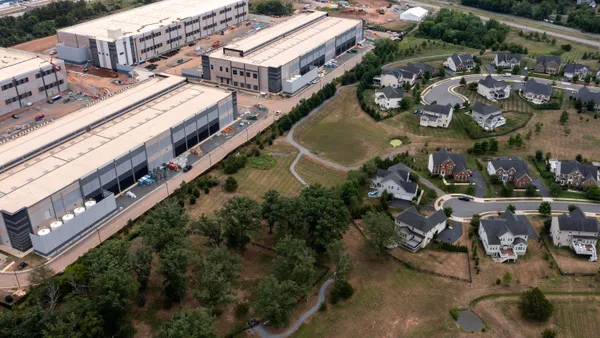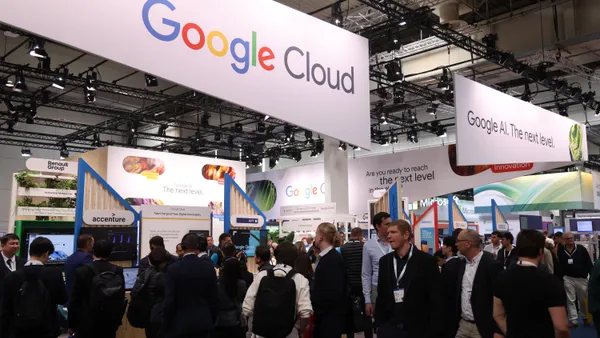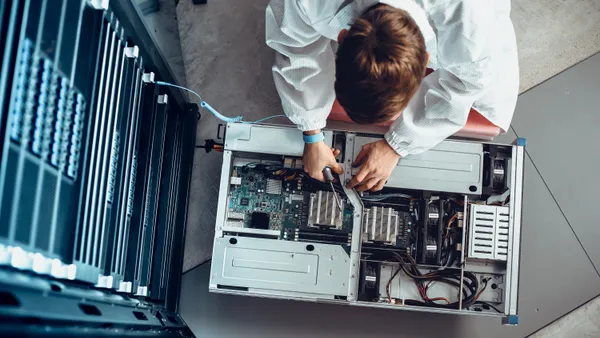Dive Brief:
- IBM rolled out its z17 mainframe, a product line designed for AI computing, in a Tuesday announcement. The units will be generally available on June 18, the company said.
- The newest member of the Z Systems family was built to run generative and predictive AI workloads and support multi-model applications, Elpida Tzortzatos, IBM fellow and CTO AI on IBM Z and Linux One, said during a virtual briefing last week. Units come equipped with high-capacity Telum II processors and are set up for IBM’s Spyre accelerator chips, which the company plans to deliver later this year.
- As part of the rollout, IBM will introduce a performance management tool called IBM Z Operations Unite in May and release a new version of its mainframe operating system, z/OS 3.2, in Q3 of this year. “This is a fully engineered stack,” Tina Tarquinio, VP and chief product officer for IBM Z and Linux One, said during the briefing.
Dive Insight:
Mainframes occupy a pivotal position in digital transformation. Organizations have continued to lean on the enterprise workhorse to power core applications despite the impetus to embrace the cloud.
The z17 arrives after a solid two-plus year run for its predecessor, the z16, which yielded one of the longest and most consistent periods of revenue growth in the platform’s history, IBM SVP and CFO James Kavanaugh said last year.
Z systems units run over 70% of global transactions by value, including 90% of credit-card transactions, Tarquinio said, drawing on a survey of more than 2,500 global technology executives conducted last year by Oxford Economics at IBM’s behest.
“IBM mainframes hold their value,” John Schick, ISG consulting lead on mainframe computing, told CIO Dive. “There are z15s that are still in use and being installed as used equipment.”
Large language model technologies added another twist to the modernization plot as tech leaders considered the potential cost of running compute-intensive generative AI applications in the cloud. Four in 5 respondents to the Oxford Economics survey said mainframes were a key part of their AI plans.
Security and data privacy concerns have also cast a favorable light on mainframe hardware. To bolster Z systems’ resilience, IBM built quantum-safe encryption algorithms into the z17, Tarquinio said.
In the lead up to the release, the company tapped its customer base for over 2,000 hours of test runs and conducted discovery workshops with over 150 clients, according to Tarquinio.
Modernizing legacy applications for deployment on cloud or hybrid infrastructure remains a priority for mainframe users. The z17 will ease this process by leveraging Spyre to power watsonx Code Assistant for Z on-prem, Tarquinio said.
In addition to the z17 rollout, IBM acquired data and AI consultancy Hakkoda, the company announced Monday. Financial details of the deal, which closed on April 2, were not disclosed.



